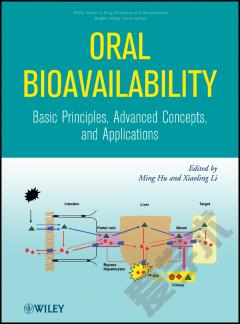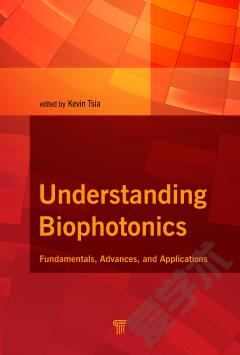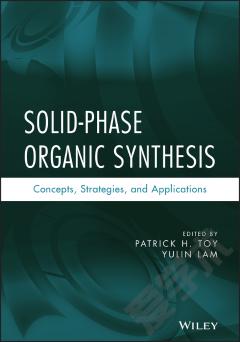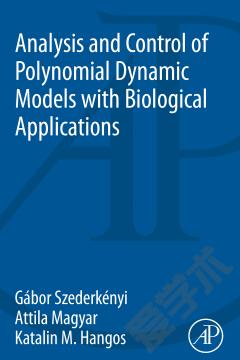Bioinspired Legged Locomotion —— Models, Concepts, Control and Applications
----- 仿生腿的运动:模型、概念、控制及应用
Bioinspired Legged Locomotion: Models, Concepts, Control and Applications explores the universe of legged robots, bringing in perspectives from engineering, biology, motion science, and medicine to provide a comprehensive overview of the field. With comprehensive coverage, each chapter brings outlines, and an abstract, introduction, new developments, and a summary. Beginning with bio-inspired locomotion concepts, the book's editors present a thorough review of current literature that is followed by a more detailed view of bouncing, swinging, and balancing, the three fundamental sub functions of locomotion. This part is closed with a presentation of conceptual models for locomotion. Next, the book explores bio-inspired body design, discussing the concepts of motion control, stability, efficiency, and robustness. The morphology of legged robots follows this discussion, including biped and quadruped designs. Finally, a section on high-level control and applications discusses neuromuscular models, closing the book with examples of applications and discussions of performance, efficiency, and robustness. At the end, the editors share their perspective on the future directions of each area, presenting state-of-the-art knowledge on the subject using a structured and consistent approach that will help researchers in both academia and industry formulate a better understanding of bioinspired legged robotic locomotion and quickly apply the concepts in research or products.Presents state-of-the-art control approaches with biological relevanceProvides a thorough understanding of the principles of organization of biological locomotionTeaches the organization of complex systems based on low-dimensional motion concepts/controlActs as a guideline reference for future robots/assistive devices with legged architectureIncludes a selective bibliography on the most relevant published articles
{{comment.content}}








 京公网安备 11010802027623号
京公网安备 11010802027623号